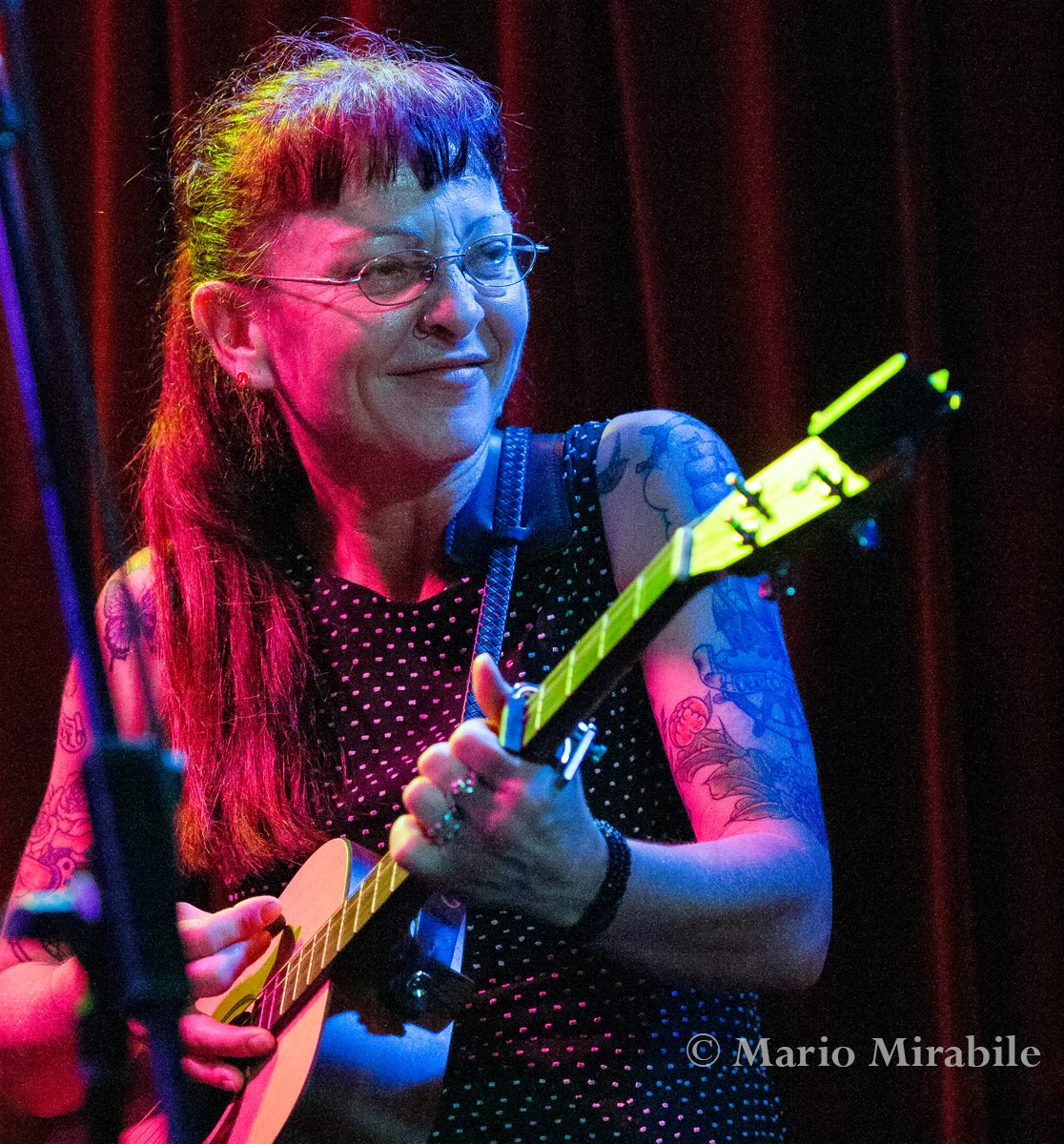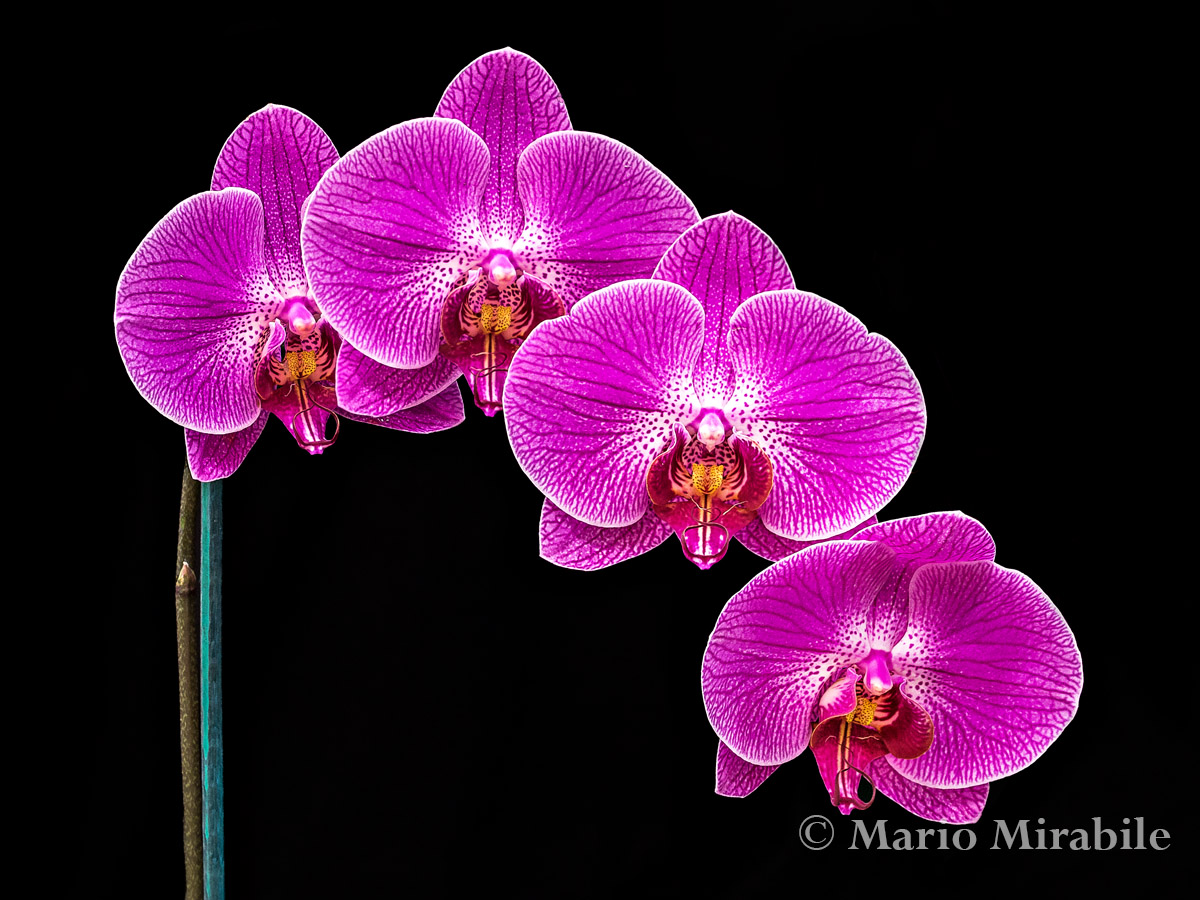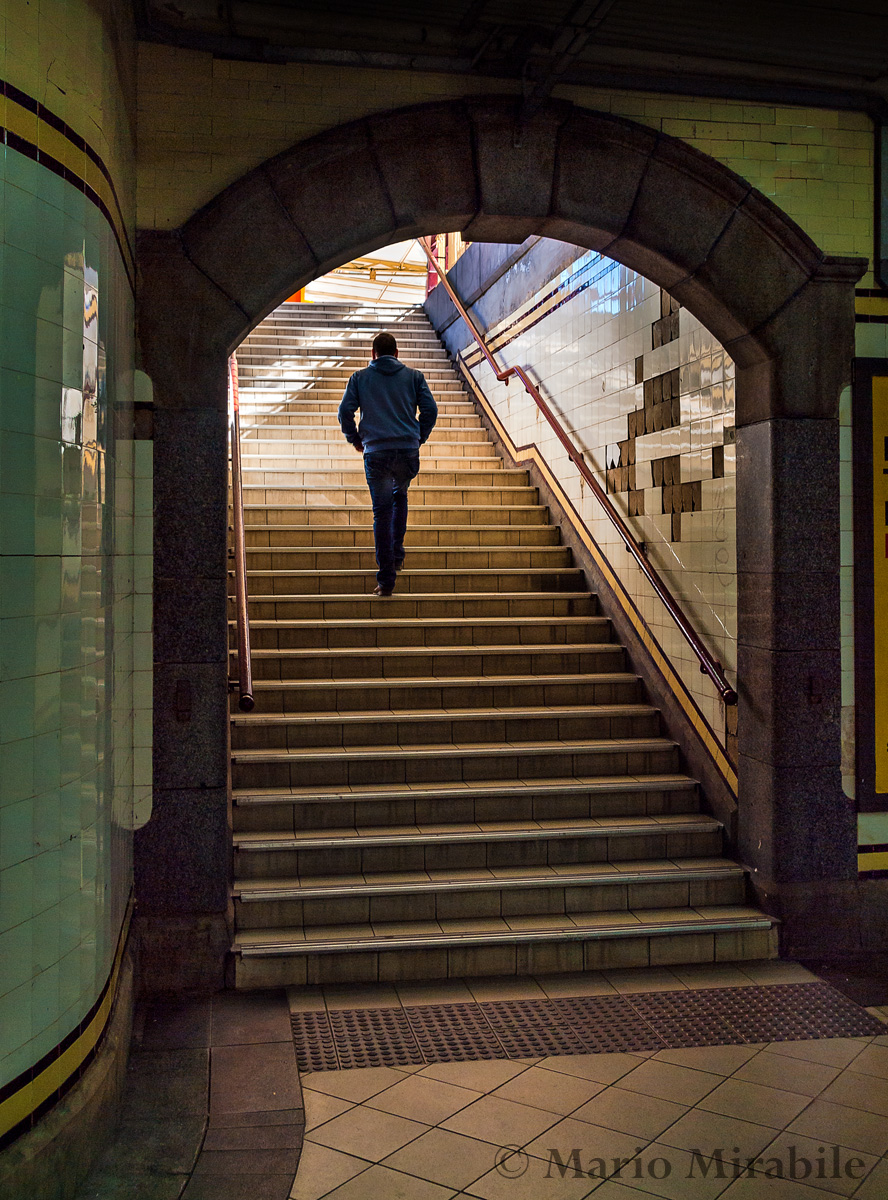Last time I saw Slim Dime and the Prairie Kings perform the light was terrible - for photography at least. The were also playing a very small stage, which made getting clear shots of the band members difficult. At another gig I attended recently, the stage was still cramped, but at least there was more light. Not great light admittedly (whoever invented LED stage lights should be found and shot...), but at least there was enough for the camera to focus most of the time.
The gig marked the launch of their new CD "Yes Sir". A great, uptempo mix of hillbilly boogie, with equally great cover photography by my friend Gary Beresford of Snapped Photography. Highly recommended listening if you can track down a copy.
Tech Talk
ISO 1600. Back in the film days, being able to shoot at such high sensitivities was possible, but was fraught with risk and required specialized film processing. These days, even the most basic digital camera allows it. That's not to say you should use it, though. I'm pretty comfortable shooting my E-5 up to ISO 800 if the light is OK, but I don't like to go beyond it unless I have to.
I was shooting at ISO 1600 here, and with careful processing, the results are OK for for the web. I wouldn't be making big prints of them though. The E-5 goes to ISO 6400, but compared to many full frame offerings, the results are poor. I was helped by using my 35-100mm f2 lens, a great event and concert lens if you can ger close.
Olympus E-5, Zuiko Digital 35-100mm f2 SHG.








































